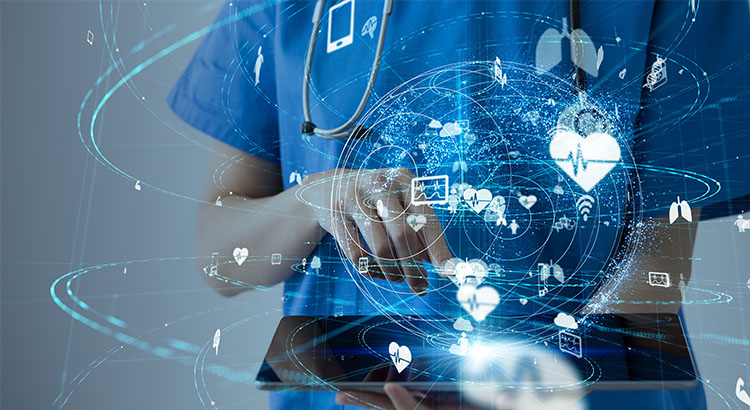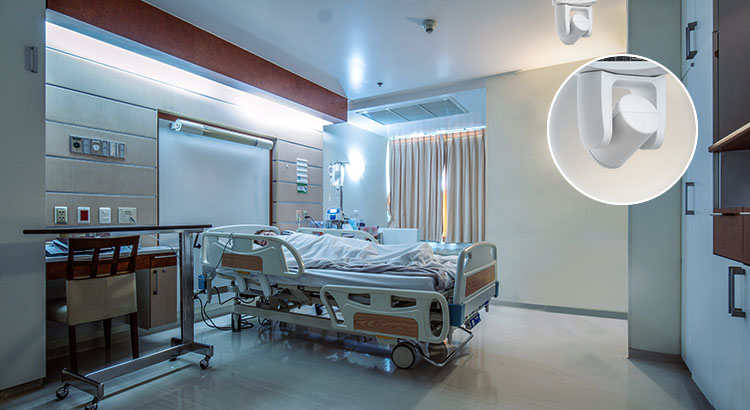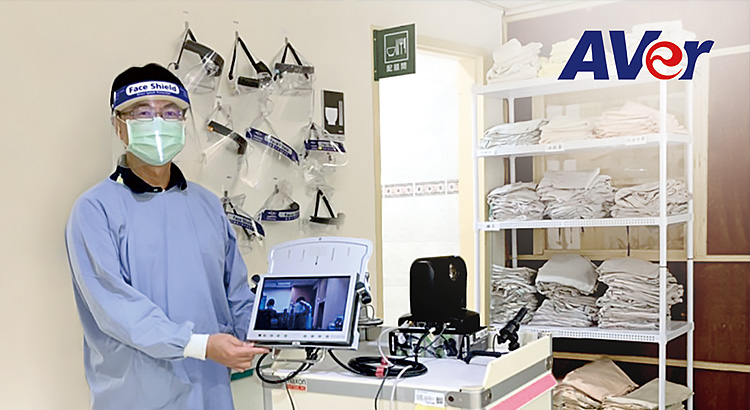Imagine if the immense PPE (Personal Protection Equipment, such as face masks) requirements brought about by the pandemic was a thing of the past? If running from room to room, fumbling to get in and out of safety equipment could be taken away, without compromising on the safety of your patients? It could now be possible, using new technological solutions that allow nurses and doctors to utilize their medical expertise remotely to care for, and diagnose their patients.
There has been a radical change in the way doctors and hospitals treat, diagnose, and even communicate with patients all over the world. Previously impossible situations, such as where someone urgently needs specialist medical advice usually only available in big, developed cities, or if a patient has a highly infectious disease and a doctor’s appointment could put medical staff in danger (We’re looking at you, COVID-19), can now be solved through the instant delivery of specialist medical information and advice.

These medical solutions have been brought about by a concept called ‘Telemedicine’, which might seem like a very broad term, but is simply cited by the Australian Department of Health as:
“use of advanced telecommunication technologies to exchange health information and provide health care services across geographic, time, social and cultural barriers”.
While this sudden change is an inevitable result of the Covid-19 pandemic and social distancing requirements, it has actually been quietly in the works for many years. The stats reflect the fast-growing nature of telemedicine, with Definitive Healthcare recording a 6000% growth in telemedicine usage , and the pandemic reportedly squeezing 10 years of telemedicine innovations into just 12 months. Governments across the world are now recognizing the benefits of telemedicine investment, with the government in Taiwan providing a $100 million NTD plan to encourage the adoption of telemedicine technologies.

You might then be wondering, how can we trust that a doctor can clearly see a patient and their condition without being there in person?
Many telemedicine providers use high quality PTZ (Pan Tilt Zoom) cameras to give doctors their eyes for remote patients, so it should come as no surprise that the medical industry makes up a whopping 16% of the entire market of PTZ cameras. You can simply set up your high quality PTZ camera at home to give your doctor eyes on the situation, and the doctor can remotely control the PTZ functions to perform check-ups and diagnoses as if you were there in person.
The Far Eastern Memorial Hospital in New Taipei City, Taiwan, is already taking advantage of this technology. The most severe cases of Covid-19 in Taiwan were treated in what the Far Eastern Hospital call ‘Tele-ICU’. This term refers to the new practice of using PTZ Cameras to monitor patients remotely, through interconnected technology such as a nursing station. With a good PTZ camera , this allows the potential monitoring of hundreds of patients at a time while still giving the nurses and doctors eyes in the room, and high-end zoom functionality brings about the possibility of viewing ICU screens or visible symptoms of patients, all while protecting medical staff to the fullest extent and saving precious PPE equipment.
The director of the Far Eastern Memorial Hospital’s Artificial Intelligence Centre, Cai Yichang, describes his experience using PTZ cameras from AVer like this:

“AVer's PTC330 high-precision 30X optical zoom camera clearly captures the various physiological symptoms of our patients. Our nurses and doctors control the camera to get the detailed images necessary for diagnosis, reducing the risks involved with entering and exiting high-infection areas. Patients also receive more efficient care with this brand-new quarantine care system."